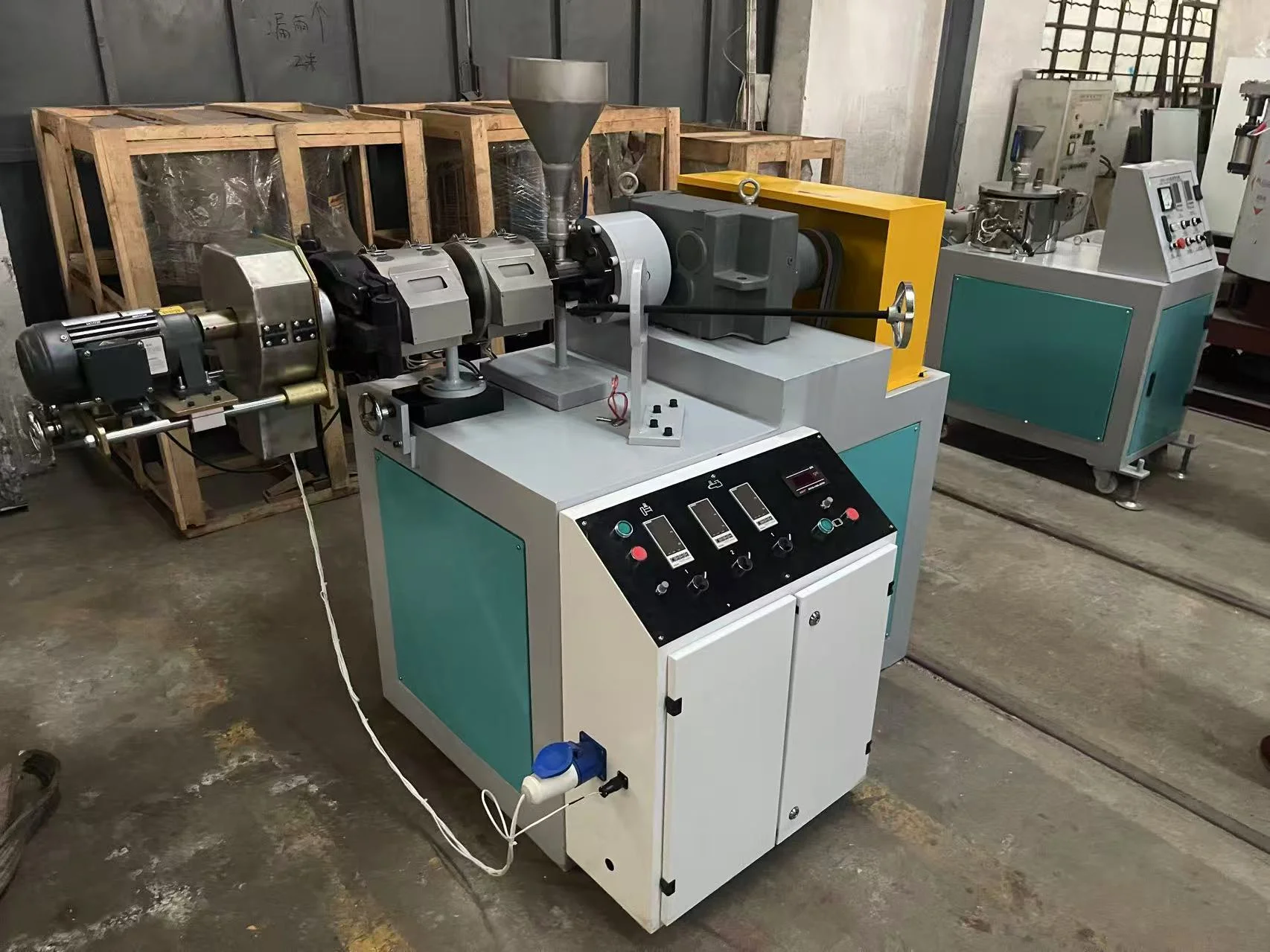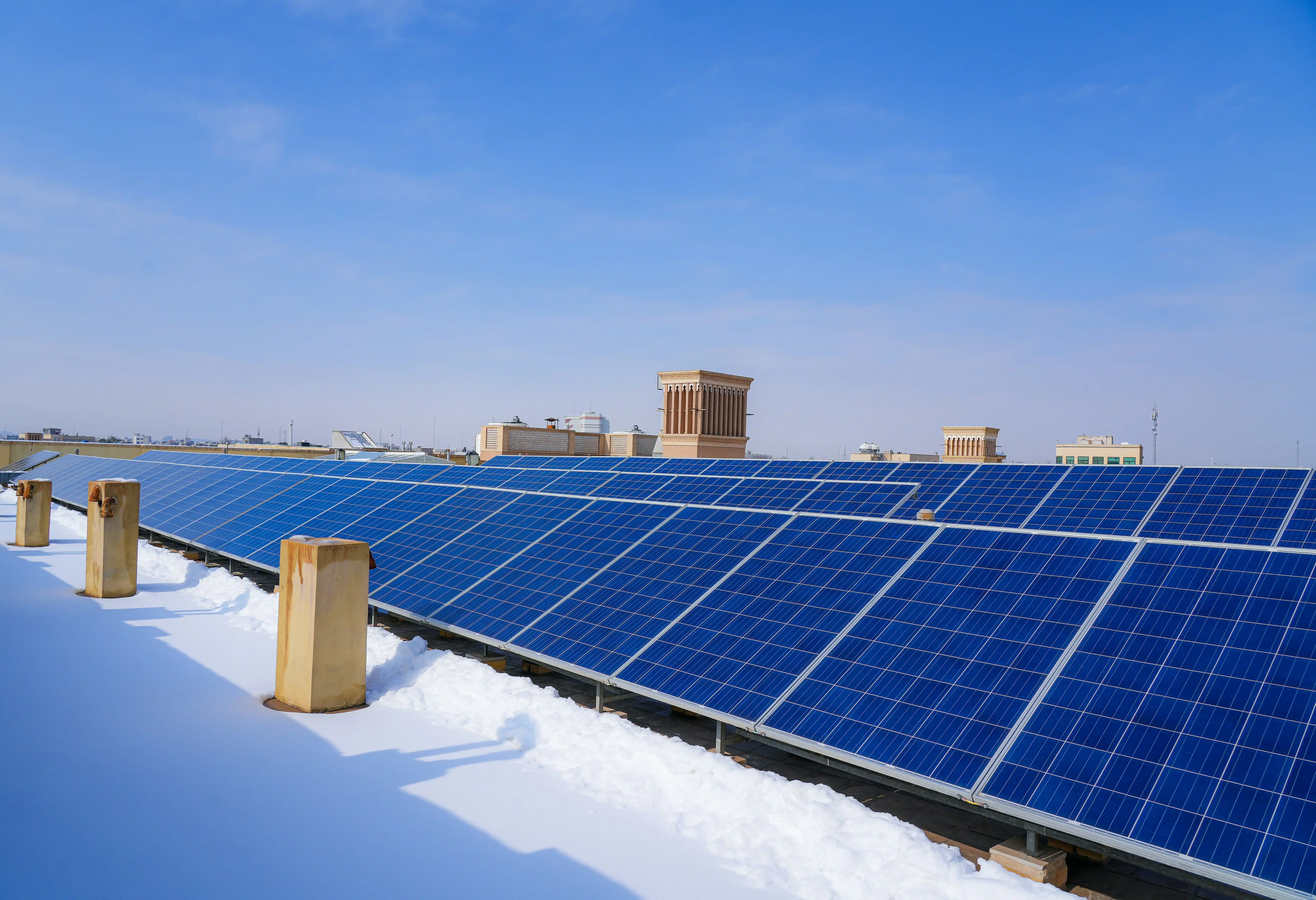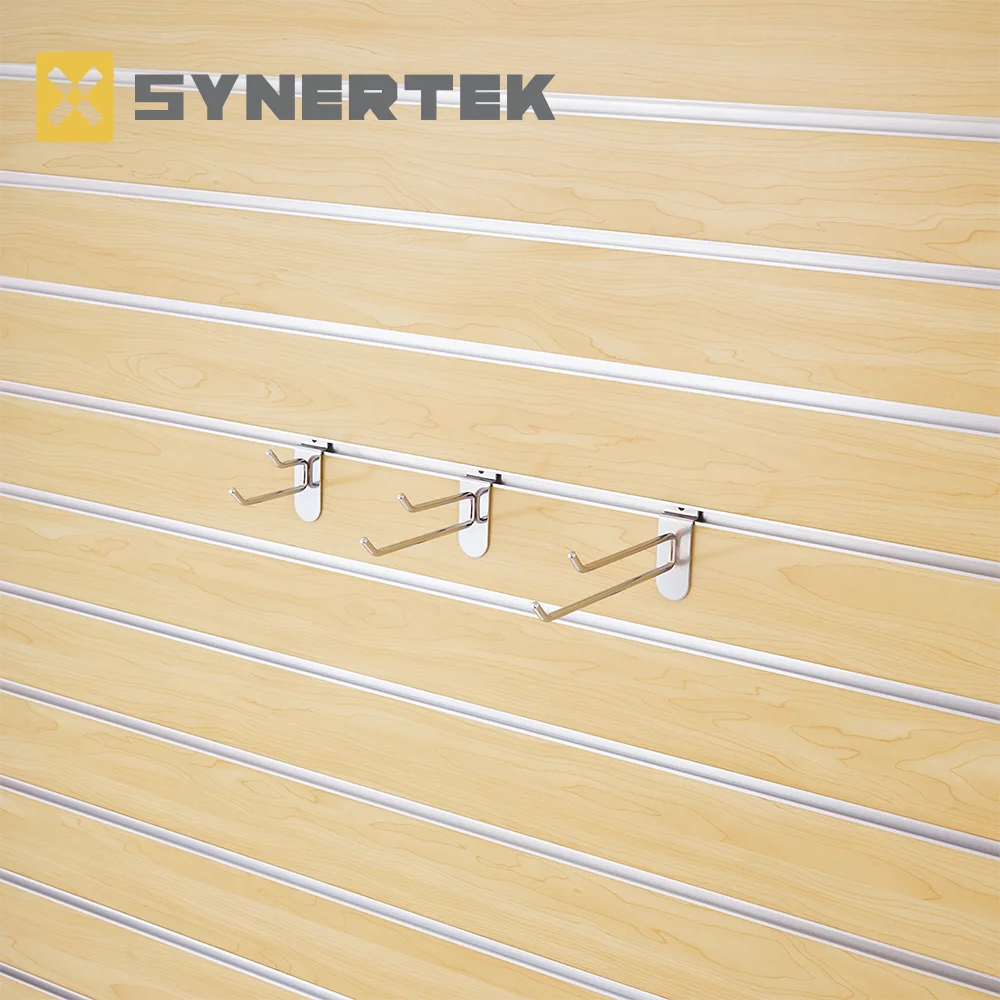When it comes to constructing or renovating a building, choosing the right material for external walls is crucial. The external walls not only provide structural support but also play a vital role in insulation, weather resistance, and aesthetics. In this blog post, we will delve into the world of construction materials and explore the best options available for external walls.
- Understanding the Requirements:
Before delving into the best material options, it is essential to understand the key factors that influence the selection process. These factors include durability, thermal insulation, moisture resistance, fire resistance, soundproofing, and environmental impact. By considering these aspects, we can identify the material that best suits the specific needs of external walls. - The Timeless Elegance of Brick:
Brick has been a popular choice for external walls for centuries, and for good reason. Its durability, thermal mass properties, and aesthetic appeal make it a timeless option. Additionally, brick offers excellent fire resistance and requires minimal maintenance. However, it may not provide the highest level of insulation without additional measures. - Embracing the Versatility of Concrete:
Concrete is another widely used material for external walls due to its versatility and strength. It offers exceptional durability, fire resistance, and soundproofing capabilities. With advancements in technology, concrete can be molded into various shapes and finishes, allowing for creative architectural designs. However, it may require additional insulation to meet energy efficiency standards. - Exploring the Efficiency of Insulated Concrete Forms (ICFs):
ICFs combine the strength of concrete with the insulation properties of foam. These interlocking forms create a highly energy-efficient and durable external wall system. ICFs offer superior thermal insulation, soundproofing, and moisture resistance. While the initial cost may be higher, the long-term energy savings and reduced environmental impact make ICFs an attractive option. - Embracing Sustainable Solutions with Timber:
Timber, a renewable resource, has gained popularity as an eco-friendly option for external walls. It offers excellent thermal insulation, reduces carbon footprint, and provides a natural aesthetic appeal. However, timber requires regular maintenance to prevent decay and may be less fire-resistant compared to other materials. Proper treatment and fire-retardant coatings can mitigate these concerns. - Harnessing the Power of Composite Materials:
Composite materials, such as fiber cement and composite wood, offer a balance between durability, insulation, and aesthetics. These materials are engineered to resist moisture, fire, and pests while providing excellent thermal performance. Composite materials also offer design flexibility, allowing for unique and modern external wall finishes.
Conclusion:
Selecting the best material for external walls involves a careful evaluation of various factors, including durability, insulation, moisture resistance, fire resistance, soundproofing, and environmental impact. While each material has its own advantages and considerations, insulated concrete forms (ICFs) and composite materials stand out as innovative solutions that meet the demands of modern construction. By considering the specific requirements of a project, architects and builders can make informed decisions to ensure long-lasting, energy-efficient, and visually appealing external walls.








+ There are no comments
Add yours